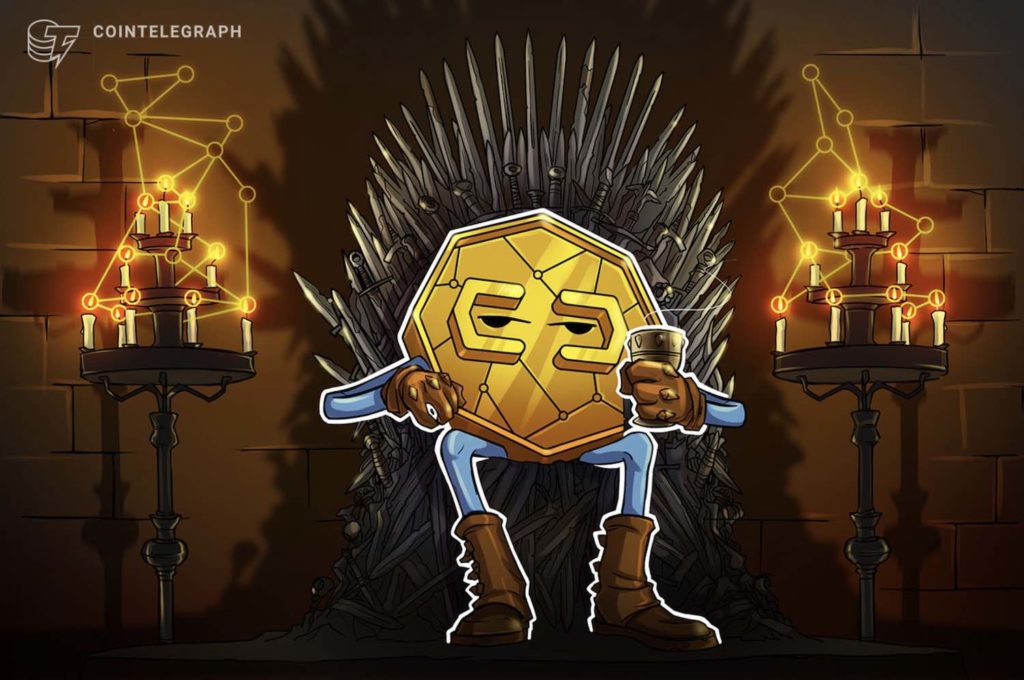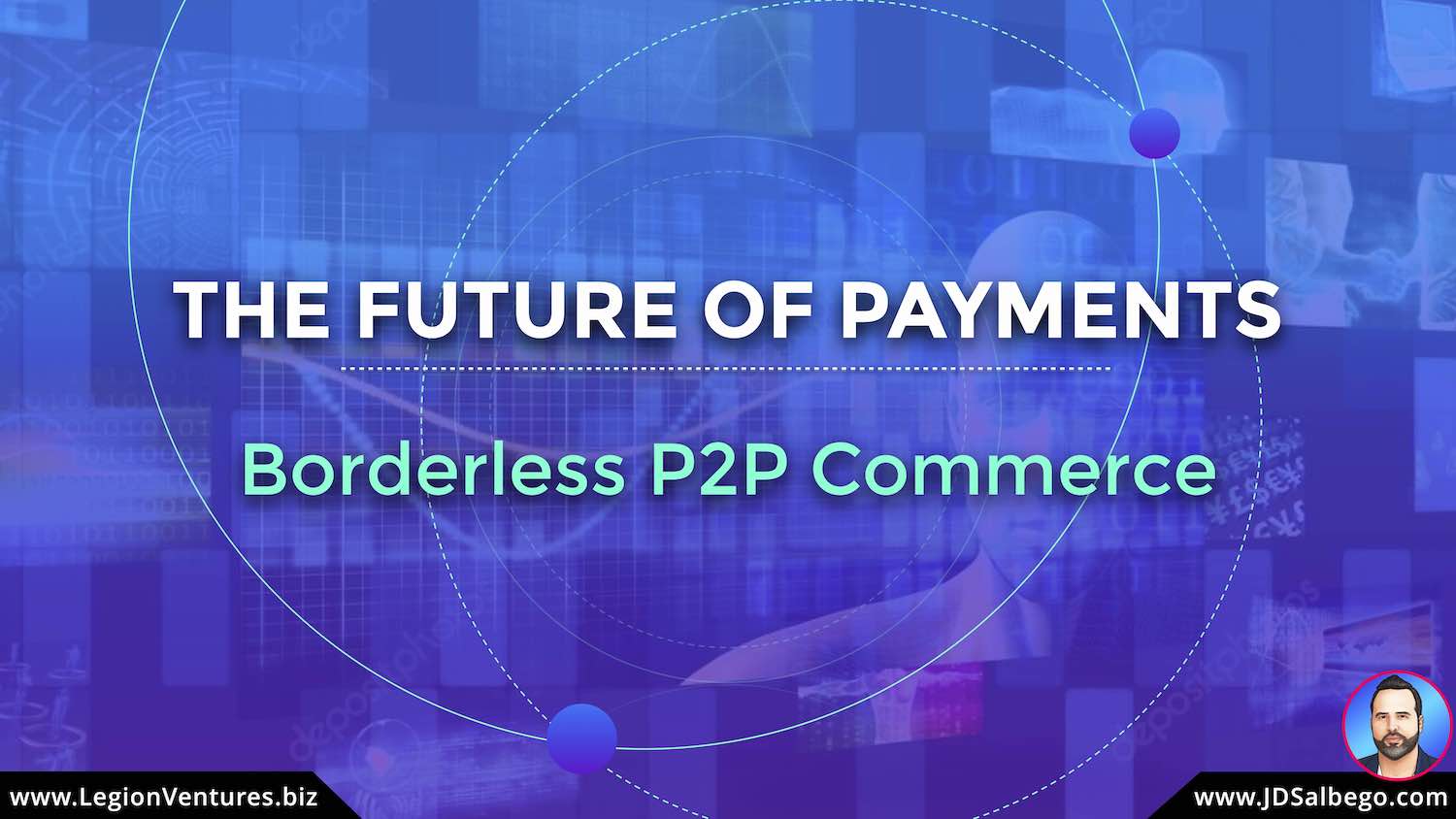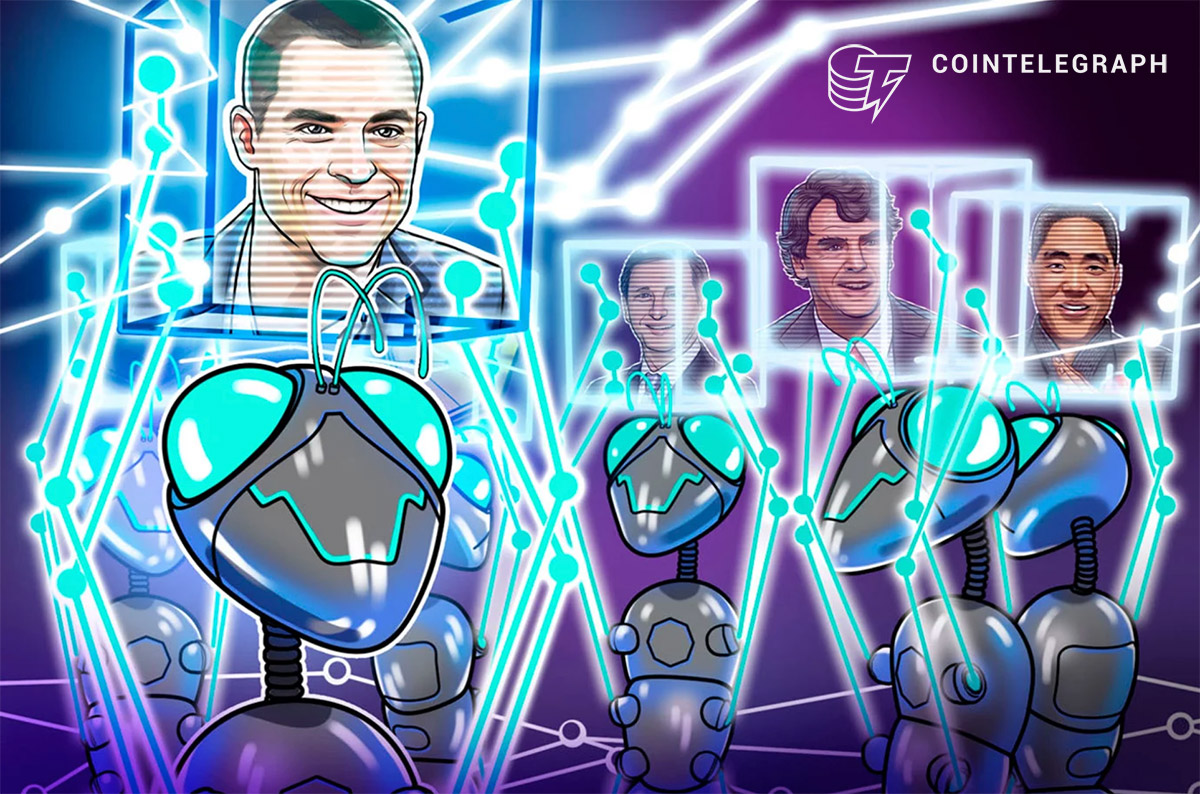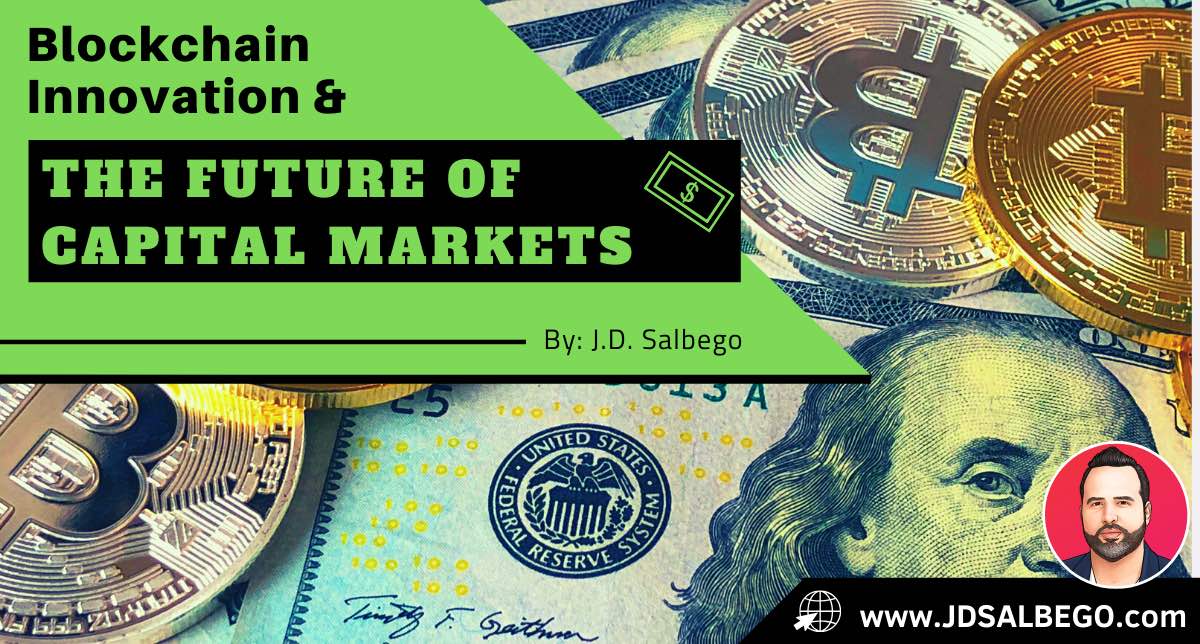Originally Published on Cointelegraph.com
The best thing about us humans is that, time and again, we come up with great ideas and new forms of technology that have the potential to change the world for the better. Yes, we go wrong at times and destroy things, wipe out entire nations… but let’s not get into that right now.
The curtains on blockchain technology were raised back in 2008 in response to the global financial crisis caused by the central banks and government of the United States. It’s a fact — absolute power corrupts absolutely. Now, more than a decade later, the scene looks like a race to be the best blockchain protocol — and rest assured, the contenders are many.
With that said, who deserves the “digital throne”? Or will it be hard-forked? What’s digital, doesn’t burn… Not even with dragon fire.
Let’s find out by comparing some of the major blockchain protocols. I’ll review transaction time, scalability and purpose, which are the top three that lead to capturing the digital throne.
Bitcoin — the Bran of Cryptocurrency
Remember the One-Eyed Raven? He was old, resilient and seemed immortal. Likewise, so is Bitcoin (BTC). Spoiler alert — there’s a twist here, just wait for it.
No matter who gets the crown, there’s one thing we can’t take away from the Bitcoin protocol. If not for its anonymous founder, I wouldn’t be writing this piece. So, all else aside, Bitcoin is — and will be — the “original blockchain.”
Now, how does Bitcoin fare otherwise? The Bitcoin protocol was conceived as open-source, peer-to-peer money, and that’s basically it. As a cryptocurrency, Bitcoin is still the most popular. However, the platform doesn’t fare well in terms of transactions per second (TPS), which is only seven. Moreover, owing to the resource-intensive mining process that could power entire countries, Bitcoin’s block time is pretty high, at 10 minutes.
So, like ultra-wise and eternal — yet crippled — Bran, our old friend Bitcoin has major scalability issues, preventing it from becoming a mainstream monetary system like Visa, for instance. At present, Bitcoin’s dream seems as far-fetched as Bran’s childhood one of becoming a knight. All in all, as monetary systems have progressed through time, so too will crypto, leaving many to believe that Bitcoin will be the new gold.
Related: Is Bitcoin a Store of Value? Experts on BTC as Digital Gold
Ethereum — Arya, the No One
Courtesy of the genius Vitalik Butarin, Ethereum burst into the scene around 2013. With this, we began to truly realize the potential of Blockchain technology. The Ethereum protocol enables the creation of decentralized applications, or DApps, using smart contracts. It can be used for a range of purposes, including decentralized finance applications such as MarkerDAO and asset tokenization in the case of Polymath.
When I think of Ethereum, I can’t help but liken it to little Arya Stark, who seemed ordinary but was actually brimming with potential. She was faceless, and could morph into anyone. The interoperability of Ethereum is much the same.
Ethereum can process around 15 TPS on average. However, despite the faster block time, the scalability issues remain, leading to long queues of pending transactions.
Since its launch, Ethereum actually went up to 20,000 to 25,000 pending transactions in the famous story of Crypto Kitties almost shutting down the entire Ethereum network. “No risk no reward,” as they say. Currently, the Ethereum team is working on sharding and proof-of-stake implementation to take this protocol into the future. And what do we say to the God of Death? Not today.
Ripple — Daenerys, Breaker of Chains
Ripple has been around since 2012 and is a digital payment network. It’s a closed system used to transact any form of fiat, including the United States dollar, the yen, and others. The platform utilizes the cryptocurrency known as XRP.
Like the very popular and exotically beautiful Daenerys, who broke chains and saved thousands of slaves, Ripple doesn’t have a blockchain and has liberated distributed finance from the shackles of blockchain technology — but not to the fullest scope. It’s more of a distributed finance system, and some even say it’s not decentralized enough. I think those naysayers are as right as the show creators were, who said the last Game of Thrones season was the “best” one.
The patented Ripple Protocol Consensus Algorithm replaces mining by implementing a unique distributed consensus mechanism, wherein the nodes participate in a poll to determine the validity of a transaction.
As Daenerys liked to drop the cloth and highlight her key visual features, mesmerizing her foes into defeat, so does the Ripple protocol. Ripple has been able to flaunt its speed and costs on a regular basis to woo banks into submission. It’s much faster than the previous two protocols, and can handle up to 1,500 TPS, with a transaction time of around three to five seconds.
Presently, RippleNet is one of the most scalable digital assets, surpassing 200 global customers in January 2019.
Stellar — John Snow of Blockchain, ice meets fire
The Stellar protocol is an open-source digital payment network that mainly targets developing markets and can be used for transfers, money remittance and bank loan distribution to those without bank accounts.
I think Stellar is doing what Ripple has failed to do. Although I’ve likened the platform to John Snow (the hero for the many), I don’t think it would prove to be as worthless in the end as he was. Anyway, just like John being something brand new created from fire and ice, Stellar is a combination of the best of the two — blockchain and Ripple.
Stellar uses the Stellar Consensus Protocol, which uses quorum slices and the Federated Byzantine Agreement algorithm. As a result, transactions on the Stellar blockchain are even faster. However, there is some confusion as to its TPS metric.
Apparently, Stellar handles 10 TPS. But what constitutes a transaction here isn’t the same as for the others. Each transaction can contain hundreds of “operations,” and it’s the operations that matter in this case. That said, the protocol handles up to 1,000 operations per second on average, though the maximum potential is much greater.
Over time, prominent firms such as IBM (in 2017) and Deloitte (in 2016) have partnered with the Stellar team and are using its protocol.
Corda — summon the bannermen
Unlike all others discussed so far, Corda is an enterprise blockchain conceived by R3 primarily for the finance industry, and has now diversified into other industries such as health care. However, given the structural underpinnings, I’d rather call Corda a distributed ledger technology rather than an actual blockchain.
Like the bannermen who follow their leader’s orders methodically into the depths of battle, Corda’s consortium network consists of about 300 companies working together to develop apps on Corda for their specific industries. Among them, we have BMO Financial Group, Danske Bank, Intesa Sanpaolo and Natixis.
The consensus mechanism for Corda is a bit complicated. Its purpose is to maintain a shared ledger for its members, so they uphold a common layer of standards, supported by open, transparent governance over transactions. The members don’t necessarily need to know about each and every transaction on the network, as it only concerns the parties directly involved.
Although the platform can handle 1,678 TPS for a single node being updated on a local system, the overall TPS metric involving two parties is 600.
The verdict
So, who wins? It isn’t as obvious as you think. I’d like to rewrite the story for who wins the digital throne.
Now, I’d declare Stellar as the runner-up in this game, the first commander… maybe. After all, it’s the closest so far when it comes to working as a mainstream financial system. It still has time to prove if it will turn out like John Snow — overhyped at the end of it all. It takes a lot more than birth rights, good looks and how many bodies you leave behind in your path.
As for the crown, I give it to Ethereum. The nobody who could be anybody it wants, like Arya. There’s no other platform as diverse. It’s a currency and most importantly, a highly flexible, robust, optimally decentralized and modular platform. Yes, it lacks scalability, but that’s solvable. Just because Buterin looks perpetually tired from living on planes flying from conference to conference as a speaker, doesn’t mean he isn’t doing anything to solve problems. In fact, that’s what he is always doing, and work is well on the way in this regard.
The fact remains, however, that the game is far from over. But, as life imitates art or vice versa, Cersei says, “When you play the game of thrones, you win or you die.” Contenders such as Tron and EOS are making significant inroads in the market, challenging the supremacy of Ethereum when it comes to DApps.
With that, I conclude this piece and wait to see how the old and new protocols face the test of time. As we push further into mass adoption and capturing the digital throne, the possibilities are endless in this game of nodes.






